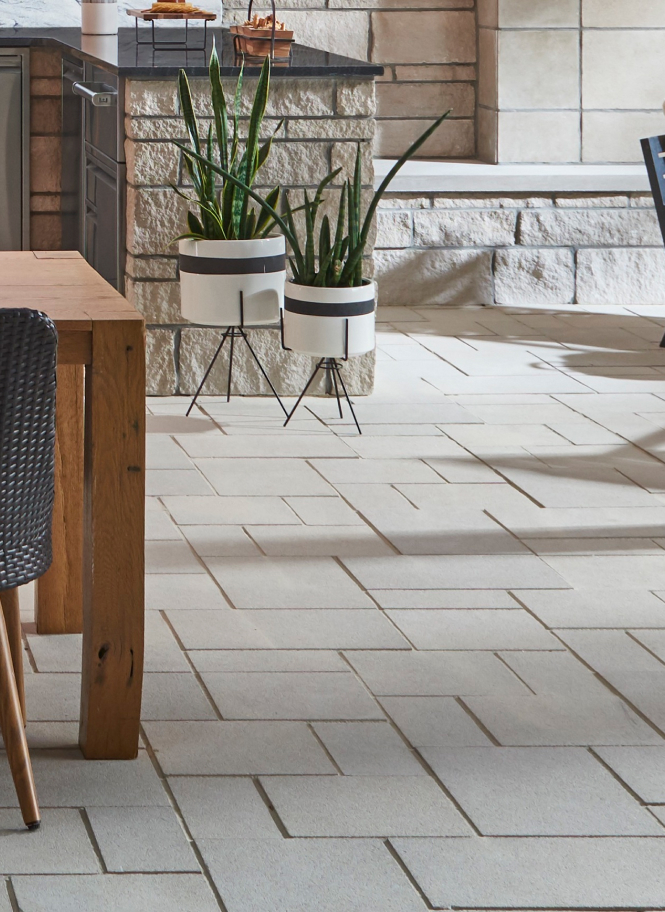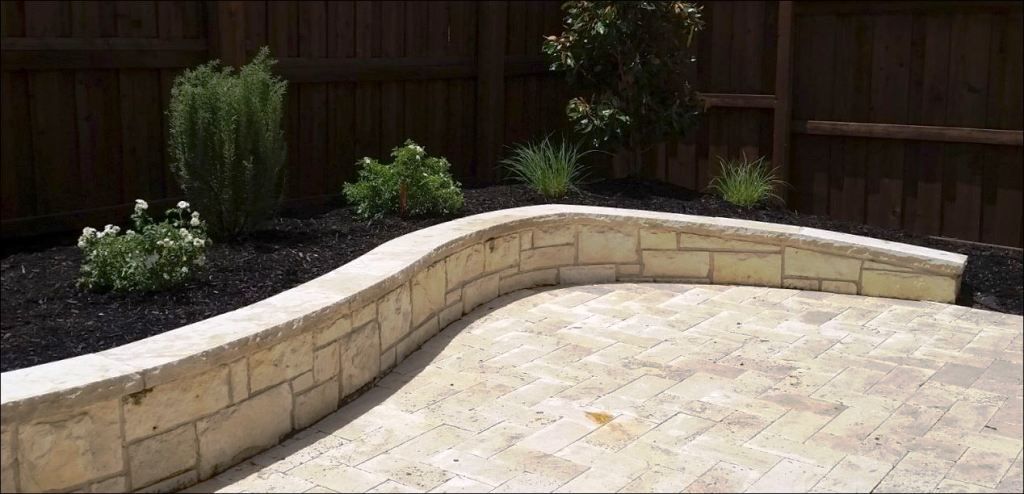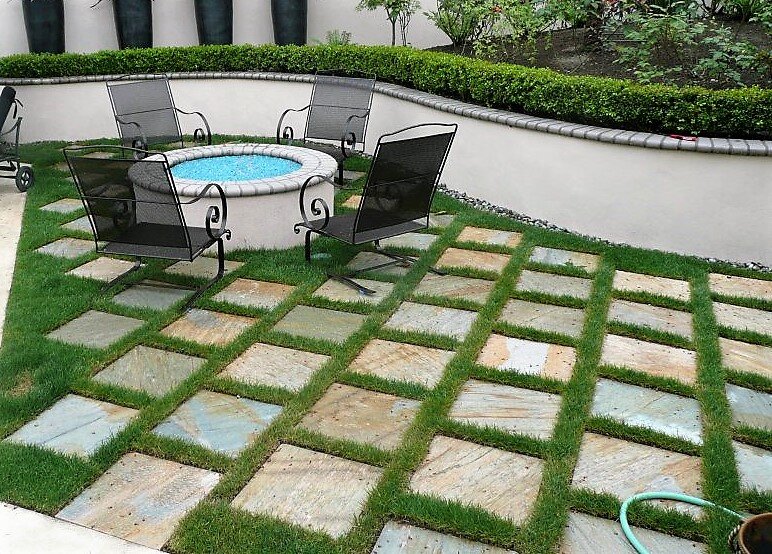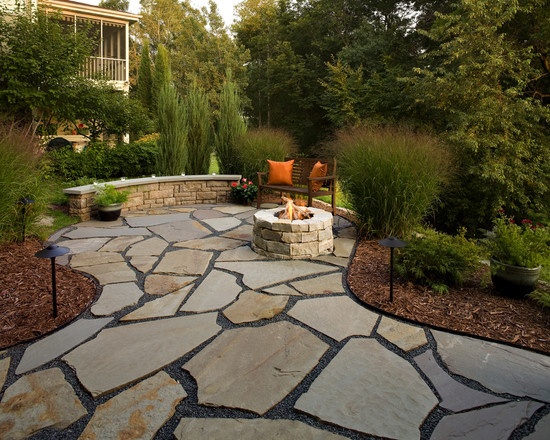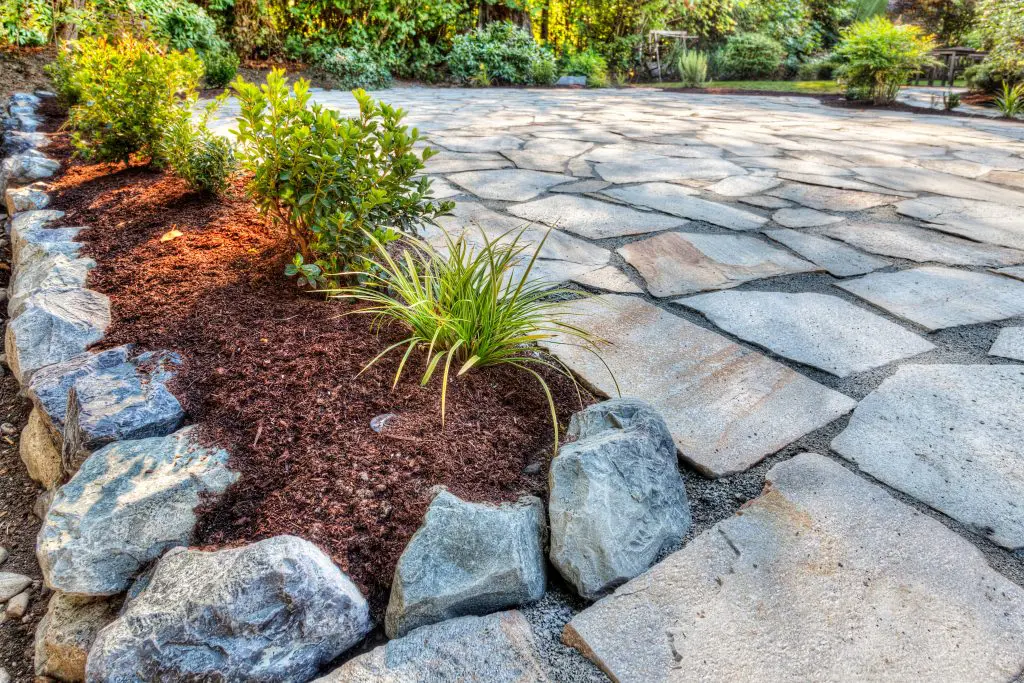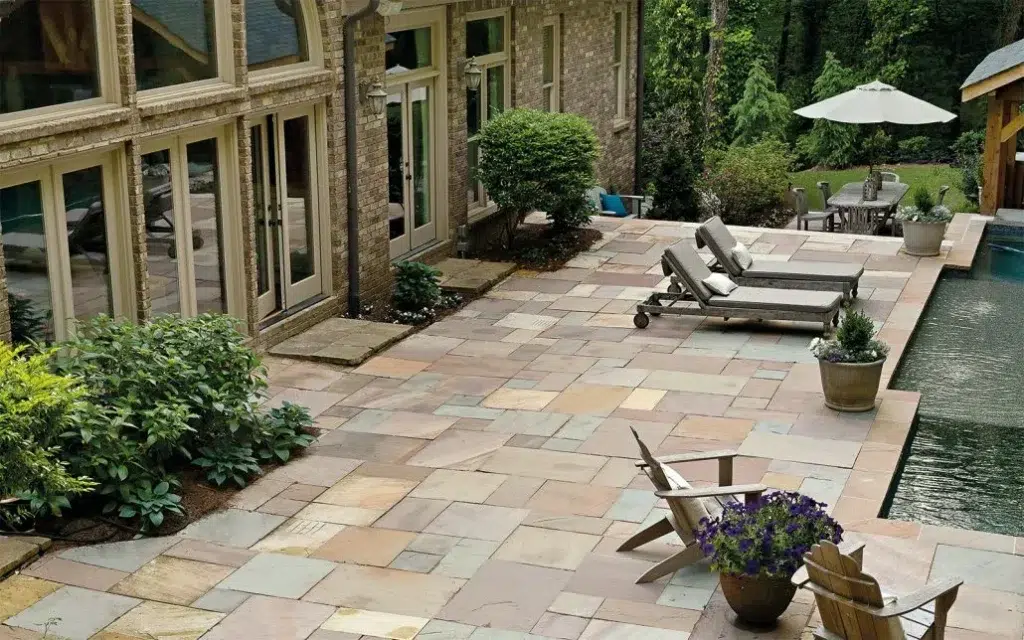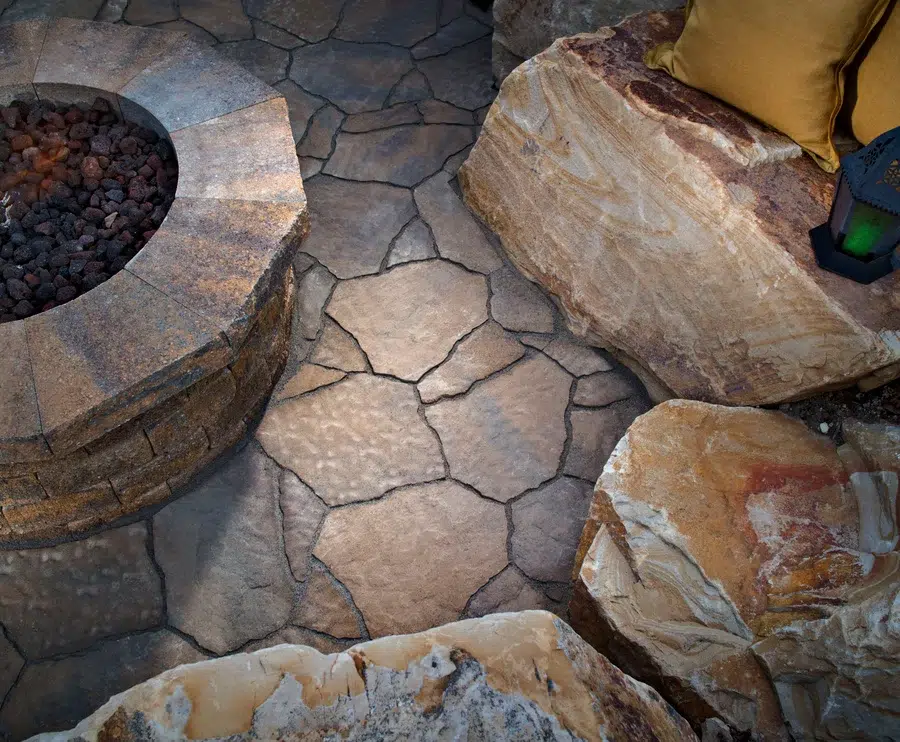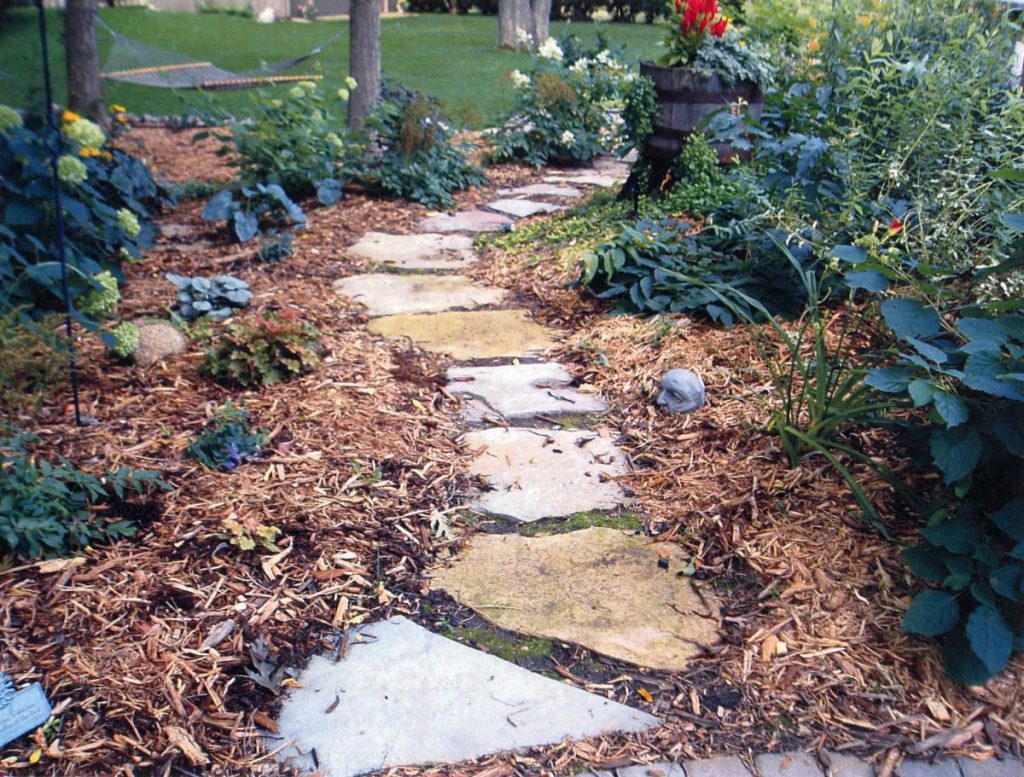How soon can you walk on pavers after installation?
How Soon Can You Walk on Natural Stone Pavers After Installation?
🛠️ Step 1: Base & Bedding – The Foundation Phase
-
Compact your base: After laying the gravel sub-base, allow 24–48 hours for compaction and stabilization—weather and soil type may affect this.
-
Set the bedding sand and stones: Once set, let the stone bedding settle with gentle tool vibration and tamping for another 24–48 hours.
Bottom line: ~2–4 days before anything heavy makes contact.
🚶 Step 2: First Footsteps – Light Usage
After the bedding sand has cured (typically within 2 days), light foot traffic—think careful walking without dragging items—is usually safe.
💤 Step 3: Moderate Use – Curing Continues
From day 3 to 7, you can gradually increase usage—walking more, stepping up furniture placement. But avoid running, heavy loads, or dragging equipment until stronger adhesion is confirmed.
🔒 Step 4: Final Cure – Wait for Stability
By 28 days, both the stones and bedding material are fully set, paving the way for heavy usage like furniture setups, grills, or vehicle traffic. This timeline ensures optimal strength and longevity.
✅ Quick Reference Table
| Time After Installation | Safe Usage Type | Notes |
|---|---|---|
| 0–2 Days | No traffic | Base and bedding settling |
| 2–7 Days | Light to moderate | Walk; no heavy loads |
| 8–28 Days | Increased usage | Gentle load placement |
| 28+ Days | Full usage | Furniture, vehicles, heavy equipment |
🌤️ Why These Timeframes Matter
-
Foundation strength: A well-compacted base holds stones securely, preventing shifting or settling issues.
-
Sand joint stability: Joint sand needs time to harden; early foot traffic can compromise this.
-
Longevity: Rushing use may cause uneven stones, joint erosion, or premature wear.
📝 Pro Tips for Best Results
-
Weather-smart installation
-
Dry conditions boost curing; cold or rainy weather slows it down.
-
-
Mist-dry in hot, dry climates
-
A light mist during scorching days helps prevent quick drying which can crack bedding.
-
-
Postpone sealing natural stone
-
Wait 4–8 weeks before applying sealant—further drying prevents trapped moisture or efflorescence.
-
-
Hold off on high-impact cleaning
-
Avoid power-washing or heavy scrubbing for about 2 months to avoid destabilizing joints.
-
✅ Final Takeaway – How soon can you walk on pavers after installation?
As a rule of thumb:
-
Stay off new pavers for 2–4 days to allow initial settling.
-
Light walking is fine by day 3, but avoid heavy use.
-
Full use, including furniture and vehicles, should begin around 28 days post-installation.
This staged approach ensures your natural stone pavers look stunning and perform flawlessly for years.

